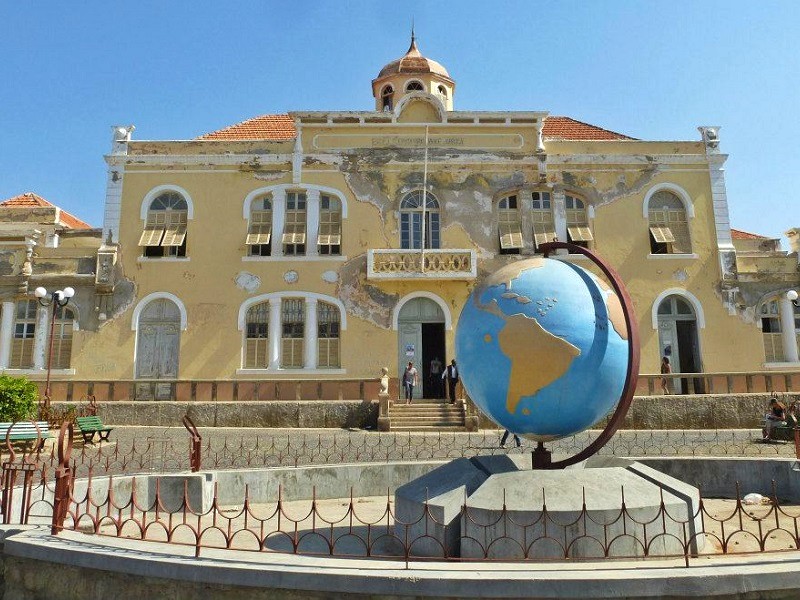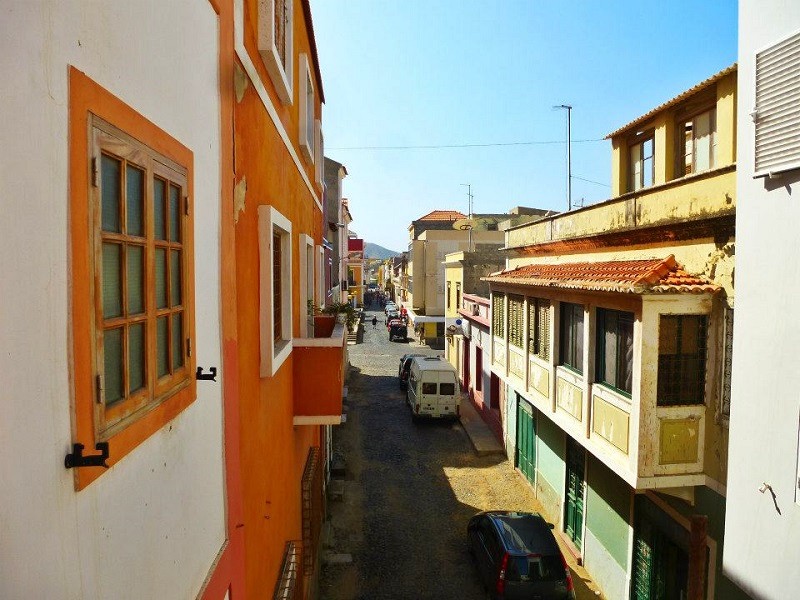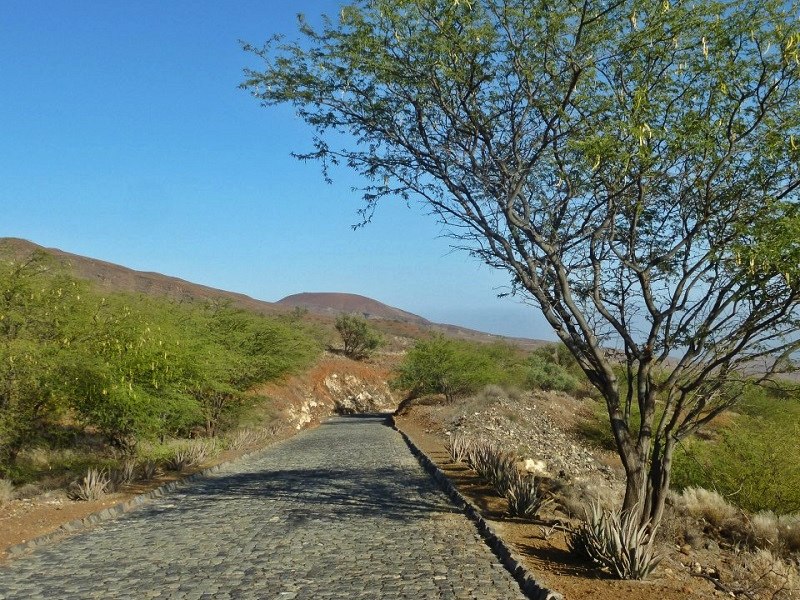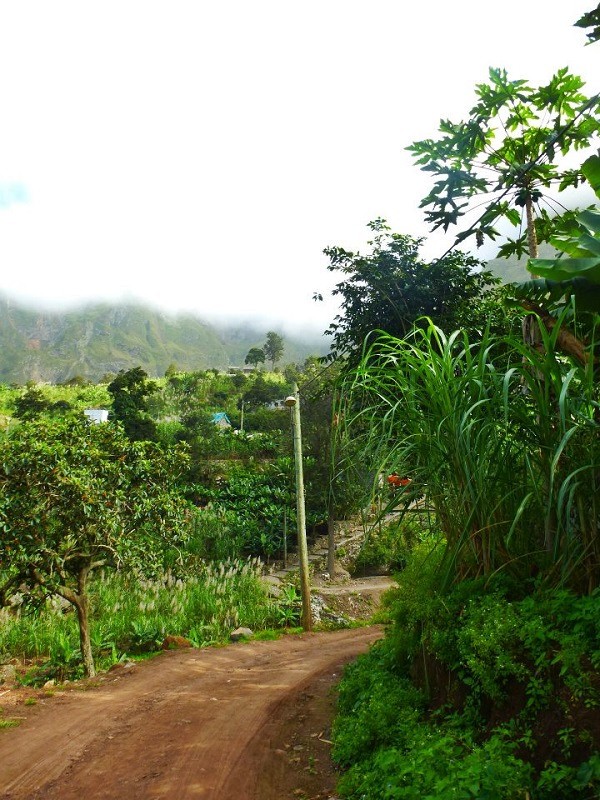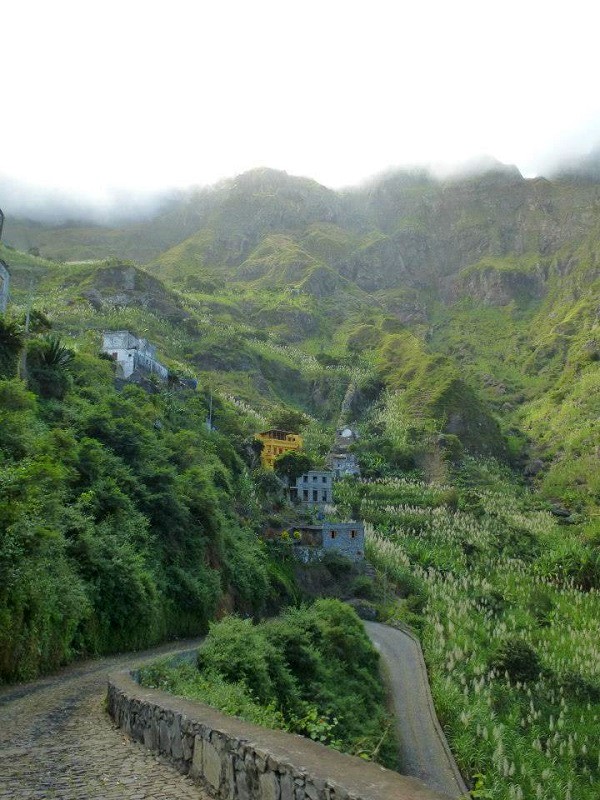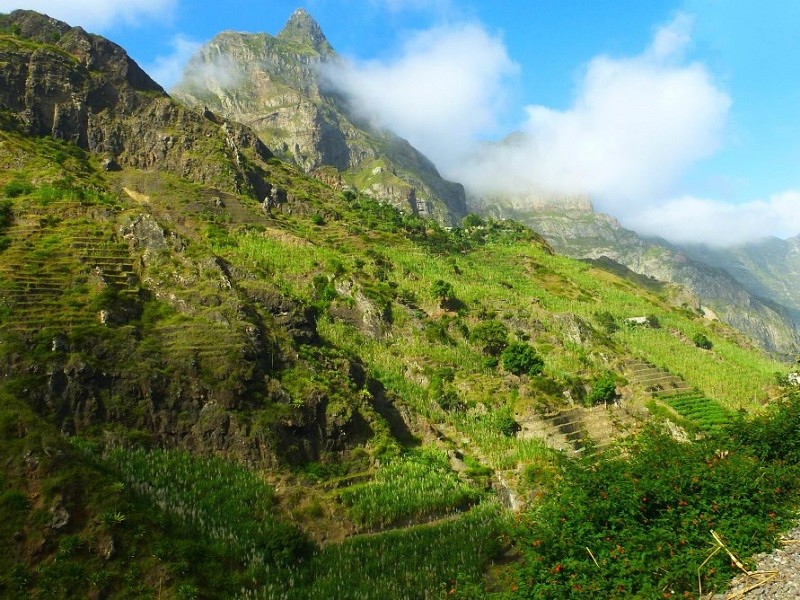Santo Antão: Cape Verde’s Green Paradise Island
This destination guide covers my visit to the green paradise island of Santo Antão, one of the islands that make up the Cape Verde archipelago.
A visit to Santo Antão
Situated off the coast of Senegal in West Africa, Cape Verde (called Cabo Verde in Portuguese) is an archipelago consisting of nine inhabited islands.
I’ve always wanted to visit Cape Verde, particularly the islands of São Vicente and Santo Antão.
São Vicente is the place of birth of one of my favourite music artists, the great singer Cesária Évora, while the nearby island of Santo Antão got me hooked because of some pictures I saw of its wonderful nature.
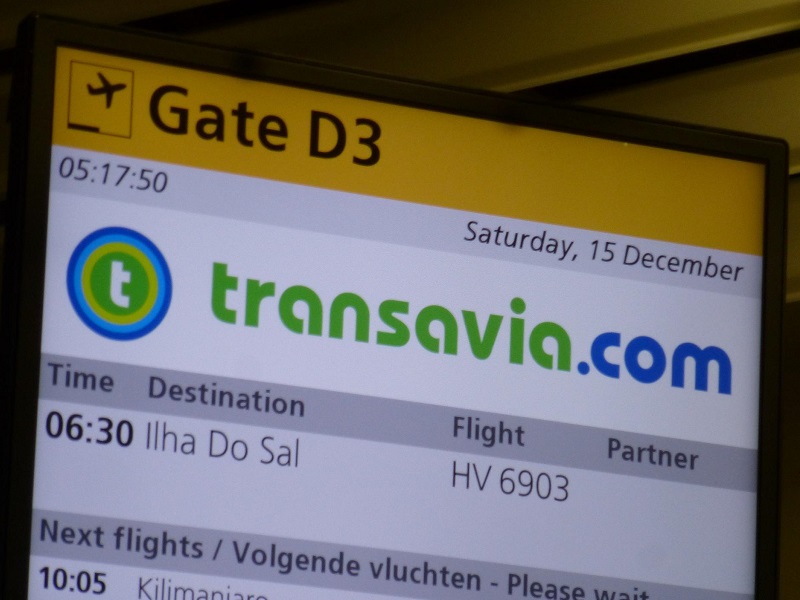



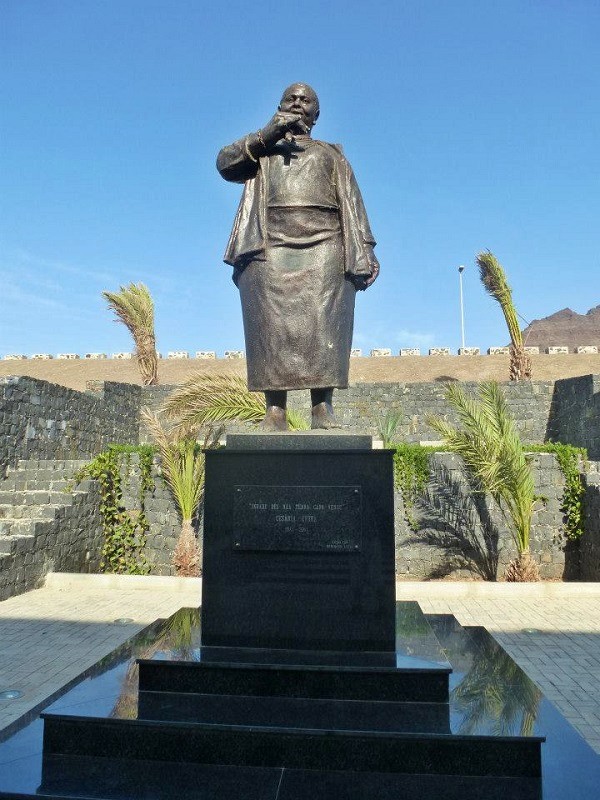
A look around Mindelo
Mindelo is the largest city on the island of São Vicente and the cultural capital of Cape Verde.
Ferry to Santo Antão
The Port of Mindelo is the departure point for the ferry to Porto Novo on the island of Santo Antão, with ferries now departing twice a day, taking one hour for the crossing.
After a yummy lunch with my friends in the passenger terminal, we could finally board the Armas ferry ‘Mar d’Canal’ that would sail us across the Canal de São Vicente (São Vicente Strait) to Santo Antão.
Porto Novo
With just under 10,000 inhabitants, Porto Novo is the largest town on the island of Santo Antão.
Although Porto Novo has all the facilities you might need such as a bank, as well as a good choice in bars, restaurants and accommodation options, it isn’t the prettiest town.


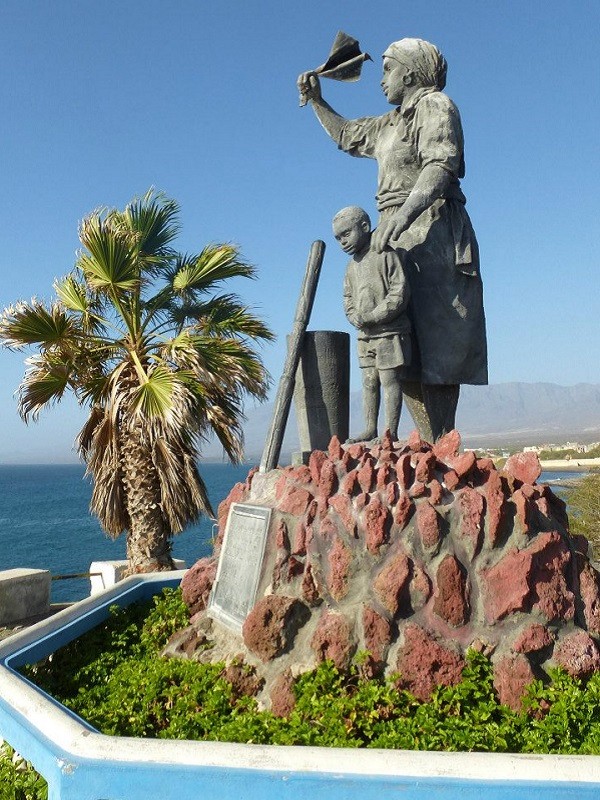
A road trip around Santo Antão
Although there is limited public transport, you need a rental car if you want to properly explore Santo Antão.
Without any prior reservation, we easily managed to get our hands on some wheels and rented a Suzuki Jimmy in Porto Novo.
With some Cesária Évora songs blasting from the stereo, we set off on our tour around the island.
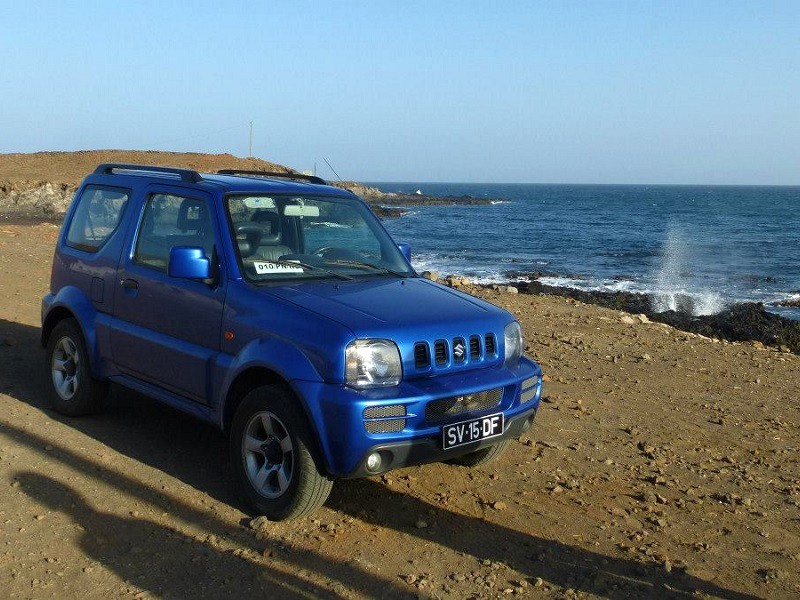
Mountain road
To kick off our road trip across the island of Santo Antão, we took the main road from Porto Novo on the southern coast across the mountains to Ribeira Grande, the largest town on the northern coast.
Even though almost all the main roads on Santo Antão are made from cobblestones, they are in good condition for driving.
With every passing mile, the views kept on getting better.
Once you reach a higher point, you truly begin to see why Santo Antão is such a paradise-like island, with the wild volcanic mountains becoming visible.
At times, it almost feels like you are in Hawaii, as the steep mountains of Santo Antão bear a striking resemblance.
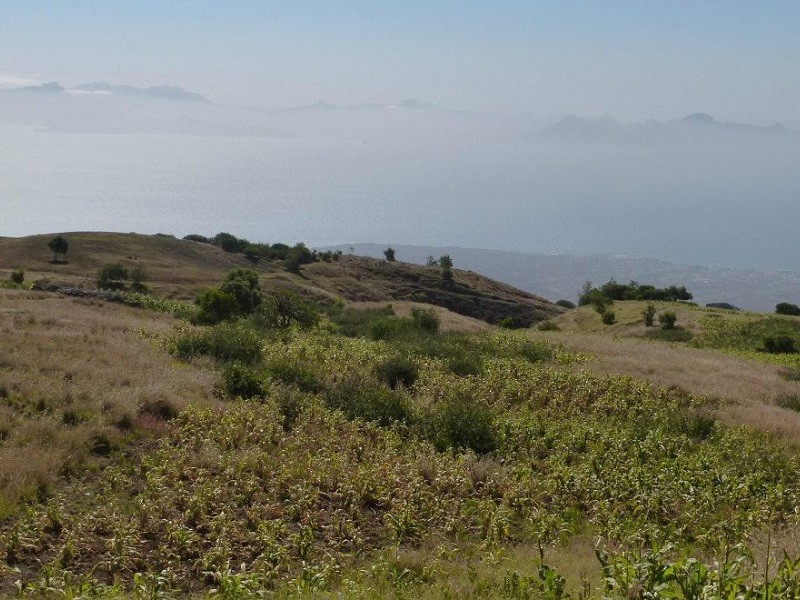
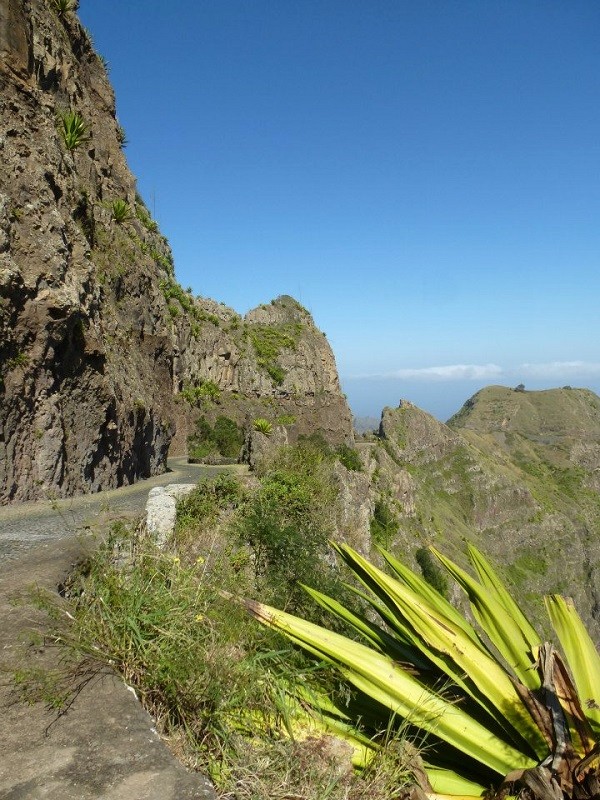

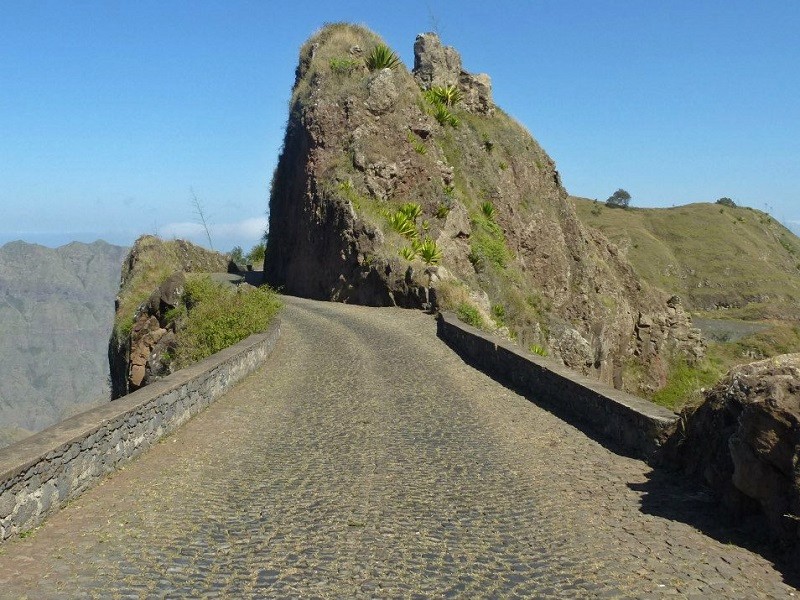

Cova
A road, as well as a couple of hiking paths, leads down into this fertile crater, where maize and beans are cultivated among other crops.
You will pass by several points from where you can enjoy stunning views over the rugged mountain interior of the island of Santo Antão.
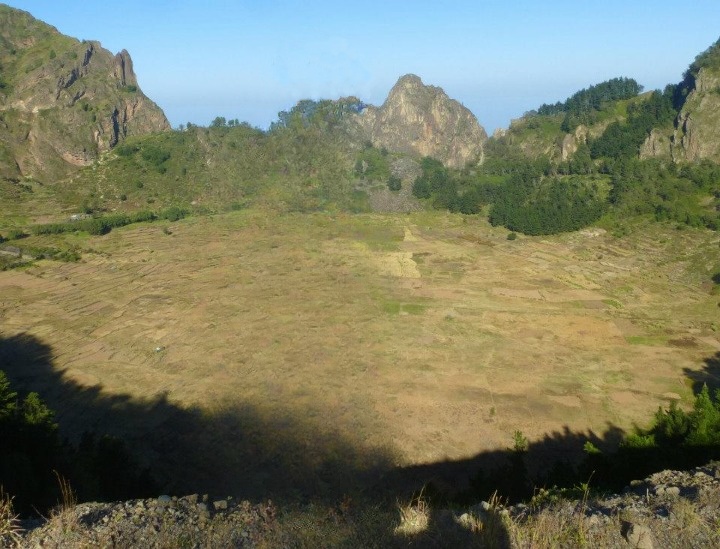
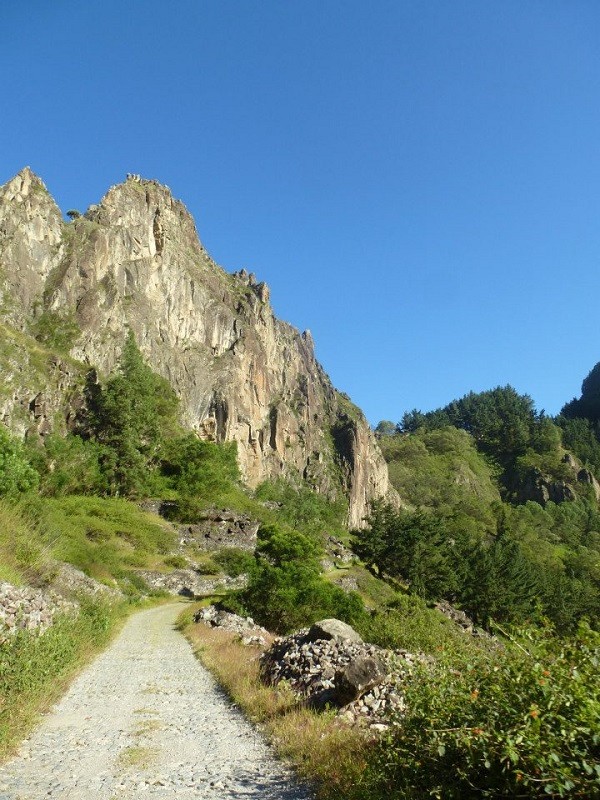
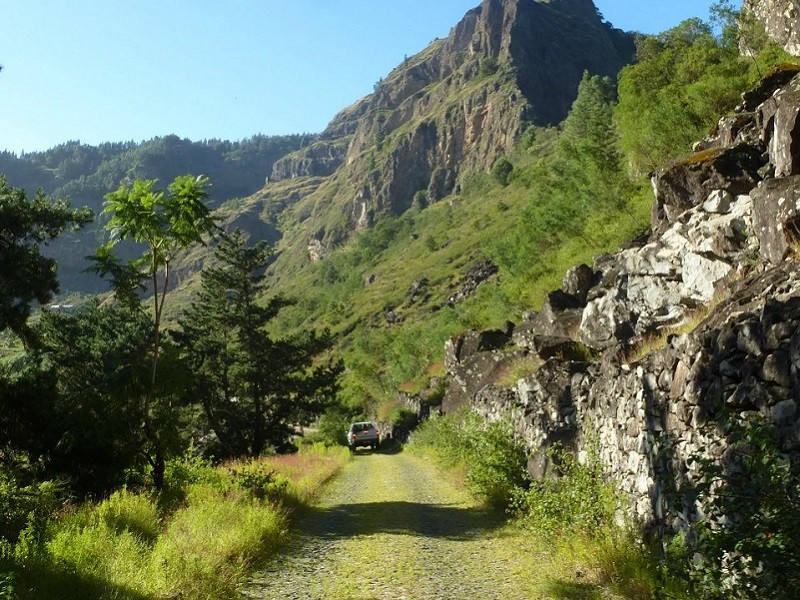
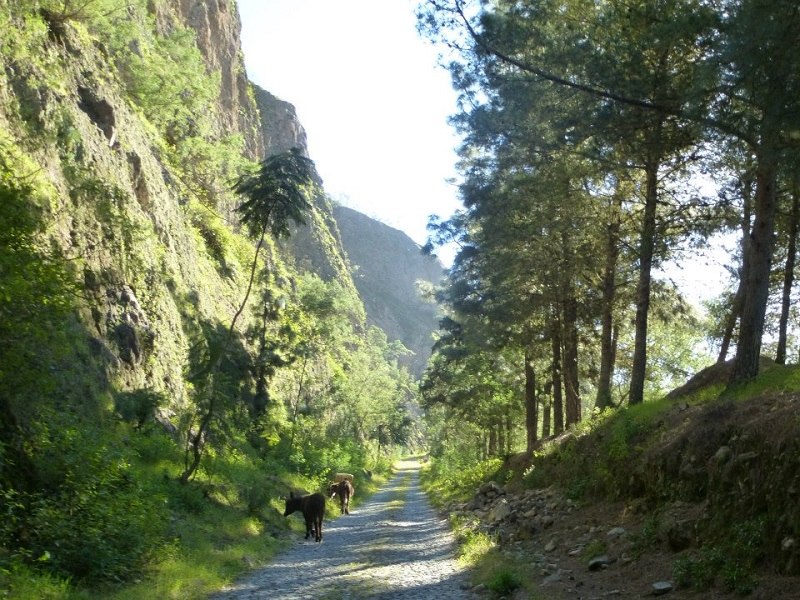
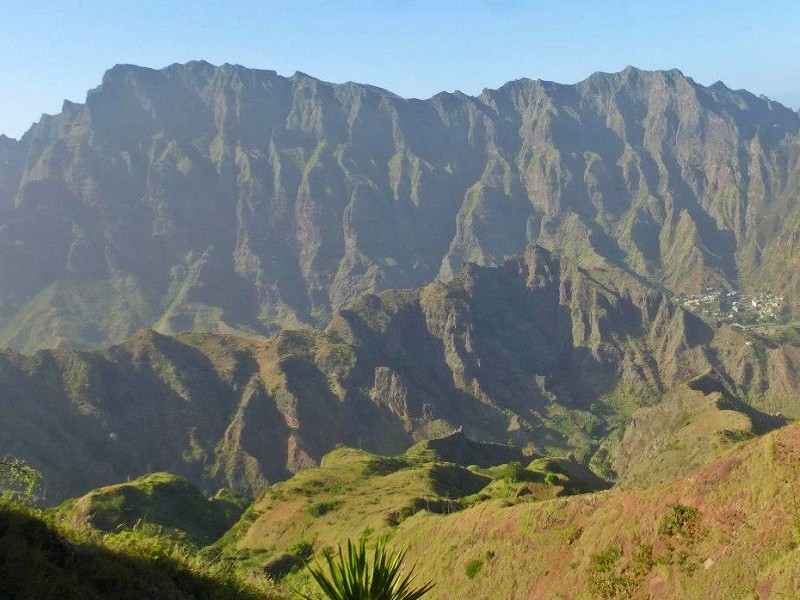
Ponta do Sol
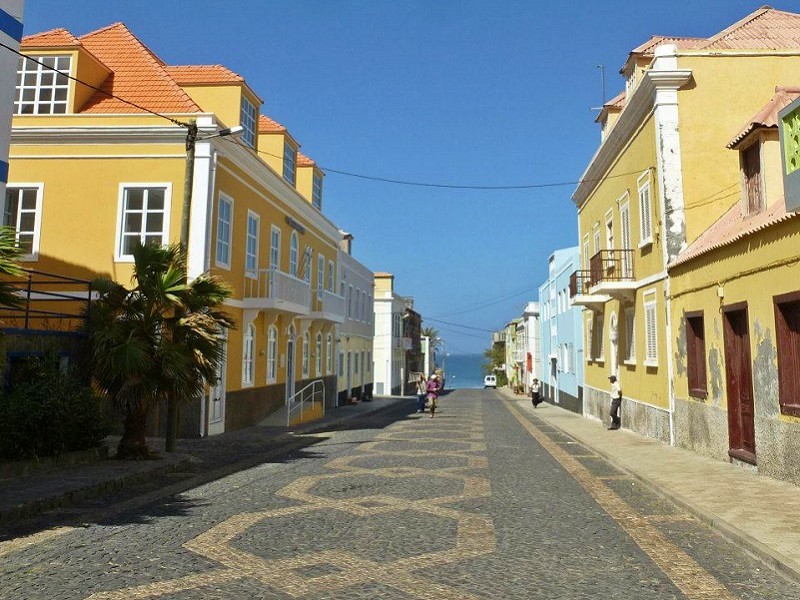
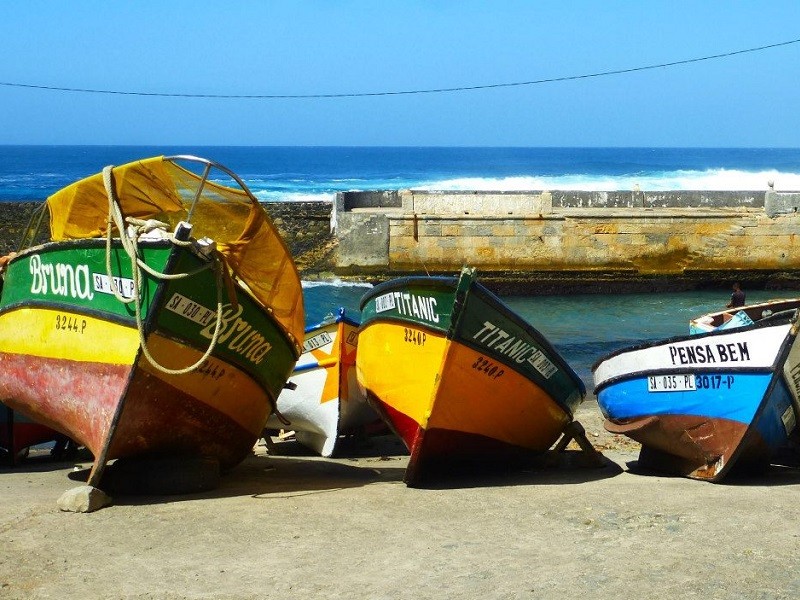
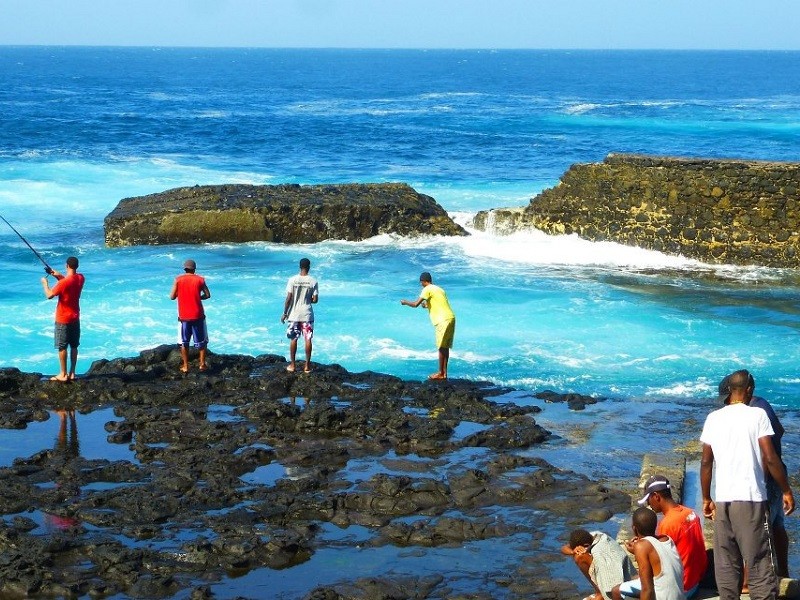
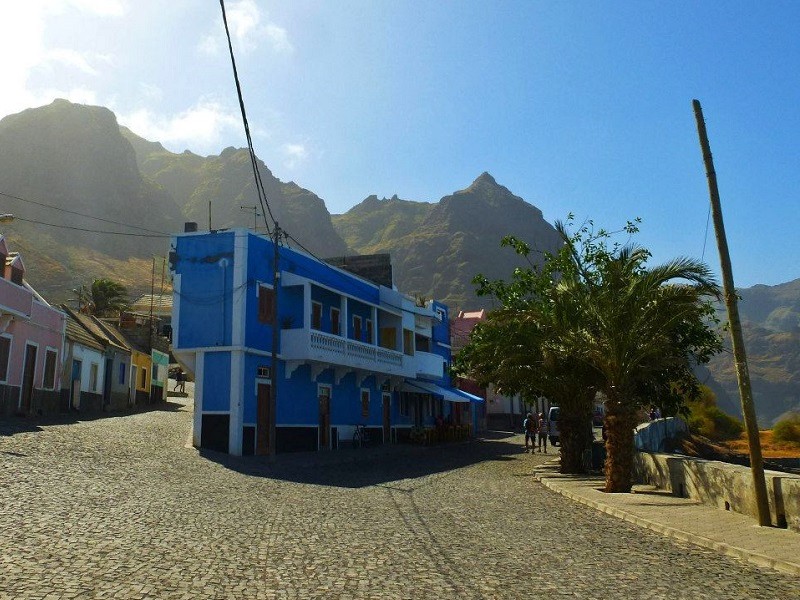
The northern coastal road
We drove back to Ribeira Grande and continued further on the northern coastal road to Paúl.
This coastal road is absolutely stunning to drive as well, as you have some sweeping views over the Atlantic Ocean and the steep mountains.
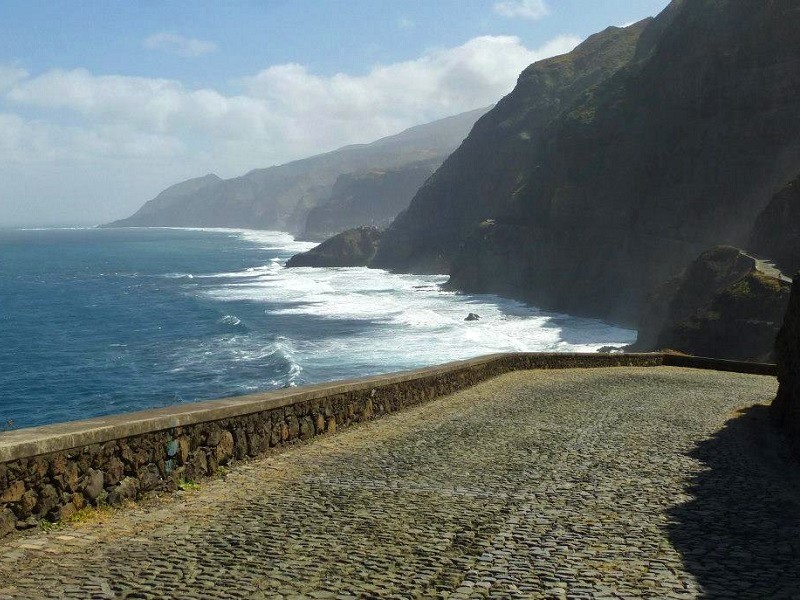
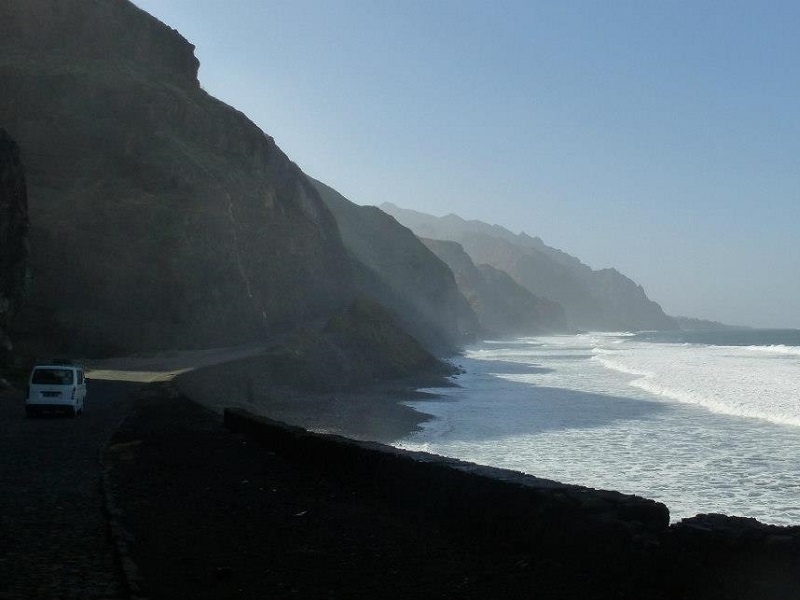
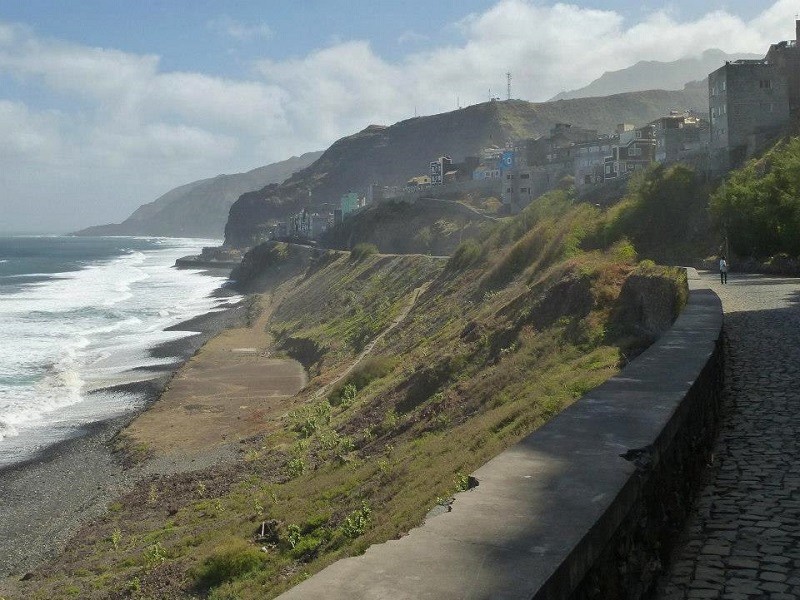
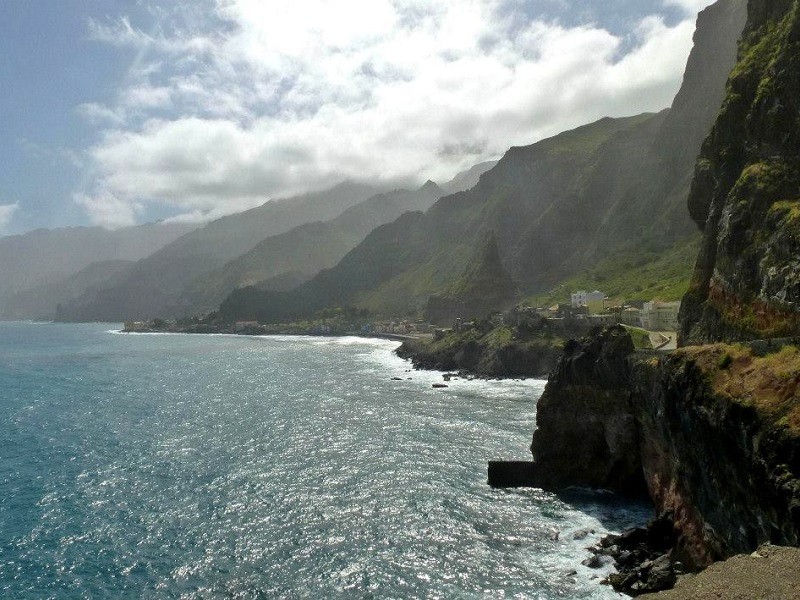
Paúl Valley
Although it’s hard to beat all the beauty we had witnessed so far on Santo Antão, the landscape in the Paúl Valley (Vale do Paúl) is perhaps even more stunning.
As you leave the coastal road around the island behind and drive into the Paúl Valley, it seems like you’ve entered paradise.
Sugar cane is also widely cultivated across the Paúl Valley, and is used by the locals to produce grogue, a high-alcohol spirit similar to rum or Portuguese aguardente.
Grogue is commonly mixed with lime and molasses in a drink called that is called ponche by the people of Cape Verde.
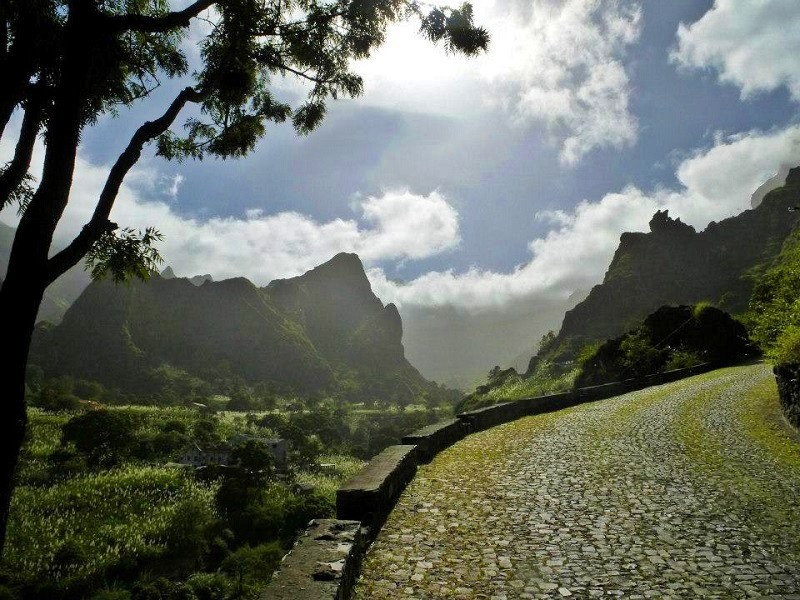
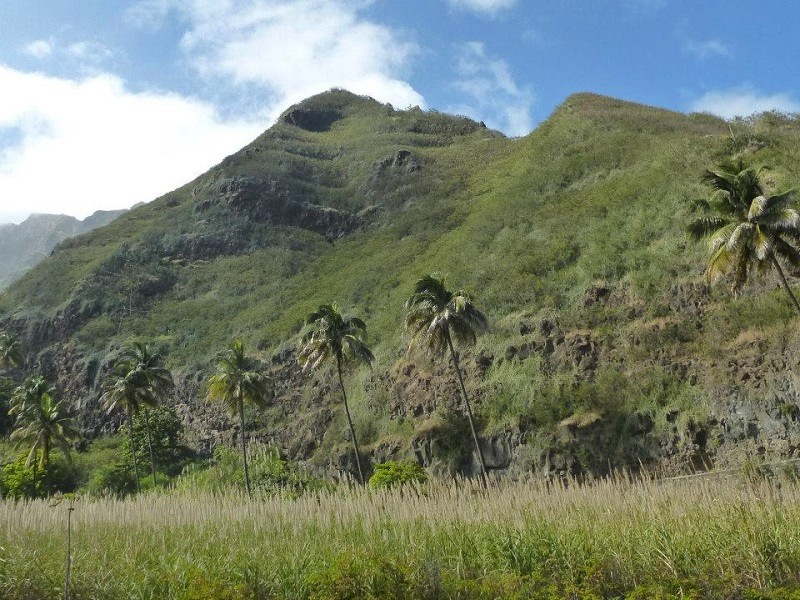
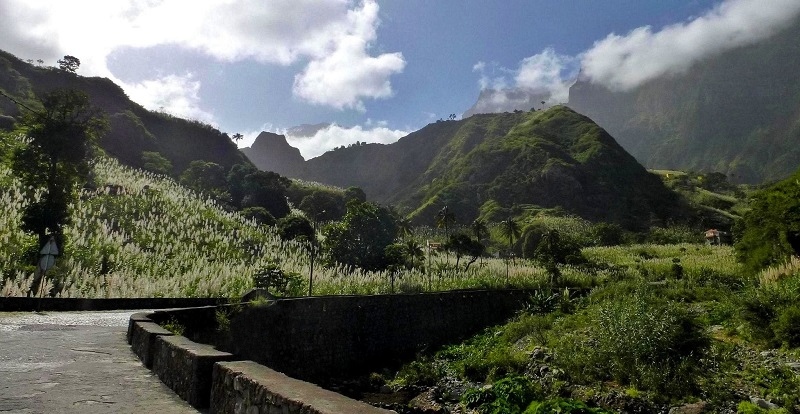
A walk in the Paúl Valley
Driving back to Porto Novo
After some hiking fun in the Paúl Valley, we headed back on the coastal road to Porto Novo.

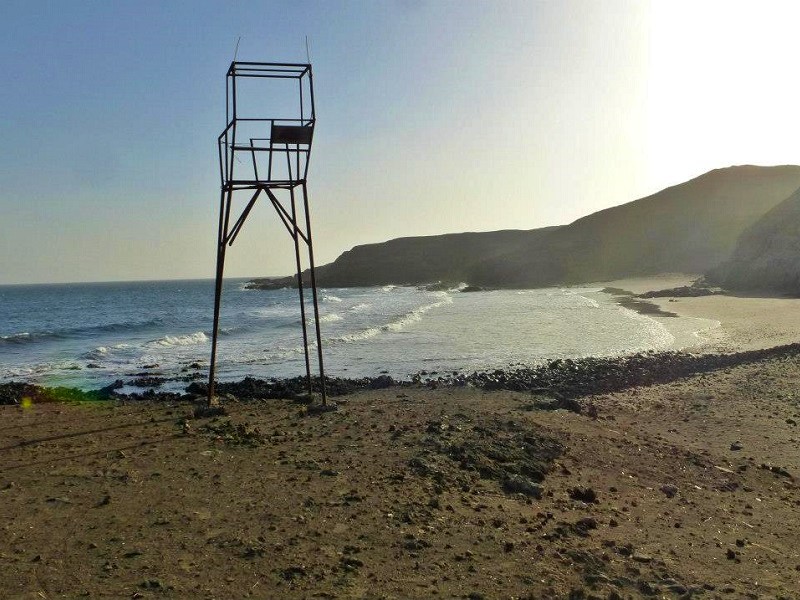
Conclusion
Although our time on the island of Santo Antão was relatively short, I loved every single minute of it.


